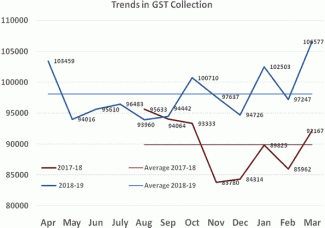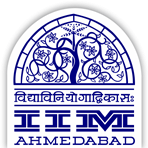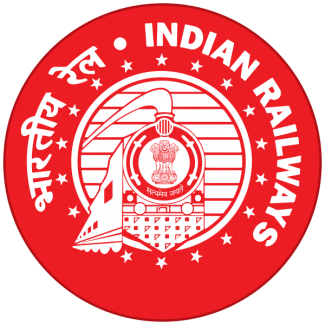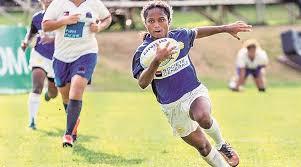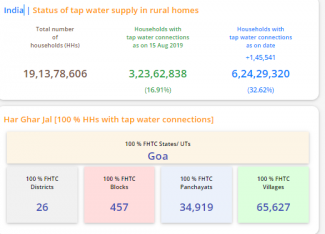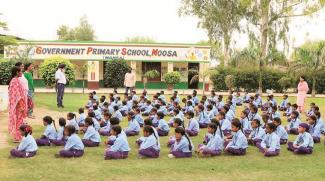
In 2002, when Jagjit Singh Walia joined as an elementary teacher, the sight that greeted him at the Government Primary School in Moosa, in Punjab’s Mansa district, was of children sitting in corridors, a few others in the sun, and still others running around in the open ground. There were not enough classrooms, no toilets, and the building didn’t inspire confidence.
Today, the school — brightly painted with eight rooms for classes 1 to 5, including a computer lab/library and a cluster resource centre, and with teaching aids, lush green lawns and a playground — is one of 3,400 smart schools in Punjab.
While the official school timings are until 2 pm in summer and 3.15 pm in winter, the school is open from 8 am to 8 pm through the year. After the regular classes, students go home for about an hour, eat their lunch, take a break, and come back to school at 4 pm. They then do their homework for about an hour — and from 5 pm, there are classes for kabaddi and athletics for the students.
The school also runs an evening music class in association with Pracheen Kala Kendra, an educational organisation, with its students consistently winning state-level competitions.
Around 2003, funds started coming in under the Sarva Siksha Abhiyaan and construction of new rooms started. Today the school has five regular teachers for the primary classes (Class 1-5), two volunteers for the pre-primary sections (nursery and KG) and one Inclusive Education Volunteer for 10 special children.
As the condition of the school improved, villagers moved their children from private schools to the Moosa primary school.
Read more of this in a detailed report by Raakhi Jagga published in The Indian Express... (Link given below)






